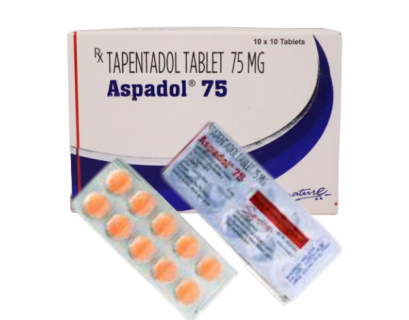Switching from traditional healthcare to Direct Primary Care (DPC) can be a transformative decision for those seeking a more personalized, accessible approach to their healthcare. Traditional healthcare often involves navigating insurance requirements, enduring long wait times, and dealing with unexpected costs. Direct Primary Care, on the other hand, focuses on a direct relationship with your physician, providing consistent access without the interference of insurance-based restrictions. Making this switch can improve your healthcare experience, but it requires a solid understanding of what DPC entails and how it differs from traditional models.
Understanding the Differences Between Traditional Healthcare and Direct Primary Care
Traditional healthcare operates within an insurance-driven system where fees for services are paid through insurance claims. Patients often face limits on the types of services covered and may encounter substantial out-of-pocket expenses for treatments not fully reimbursed by their plans. In contrast, Direct Primary Care offers an alternative by charging a monthly or annual fee directly to patients. This model eliminates insurance billing, enabling providers to deliver comprehensive and unrestricted care without the administrative burden associated with insurance claims. As a result, Direct Primary Care providers can devote more time to each patient, enhancing the quality of care.
Evaluating Your Needs and Preferences
Before deciding to transition from traditional healthcare, it’s essential to evaluate your healthcare needs and personal preferences. If you frequently need specialized care, have complex insurance needs, or rely on certain high-cost treatments, traditional healthcare may still be more suited to your situation. However, if you’re looking for a model that emphasizes accessibility, convenience, and consistent one-on-one attention, Direct Primary Care may be worth considering. For patients who value long-term relationships with their healthcare provider and prefer transparent pricing, Direct Primary Care offers a strong alternative.
Key Benefits of Direct Primary Care Over Traditional Healthcare
One of the main advantages of DPC is the accessibility it provides. Unlike traditional healthcare, Direct Primary Care offers same-day or next-day appointments, extended office visits, and direct communication with your physician via phone, text, or email. This level of access is rarely available in traditional practices due to the constraints of insurance and high patient volumes. Additionally, DPC eliminates many of the hidden costs and surprise fees commonly associated with traditional insurance-based care. For example, under DPC, routine visits, preventive care, and some basic lab work are usually included in the monthly fee.
Furthermore, DPC practices prioritize preventive care, working closely with patients to prevent chronic illnesses before they develop. This proactive approach contrasts with traditional models that tend to focus more on treating symptoms after they arise, rather than preventing them. As a result, DPC can improve long-term health outcomes for patients by encouraging a focus on wellness and preventive health measures.
Transitioning from Traditional Healthcare to Direct Primary Care
Switching to Direct Primary Care involves a few practical steps. First, it’s important to review your current healthcare plan and determine any potential gaps in coverage that might arise if you no longer use insurance for primary care. Next, research available Direct Primary Care practices in your area, such as Direct Primary Care Tampa providers, who can offer details on the range of services included in their monthly fee. Most DPC providers will allow you to set up an initial consultation to discuss your health needs and provide insight into how their services align with those needs.
When considering the switch, it’s also important to understand that DPC does not replace all aspects of traditional health insurance. Many DPC patients still maintain a high-deductible insurance plan to cover specialist visits, hospitalizations, and emergency services. This approach can provide a balanced blend of DPC’s accessibility with insurance coverage for more specialized or unexpected medical costs. Consulting with a DPC provider can help clarify these aspects and determine the best combination of coverage for your unique situation.
Financial Considerations
While traditional healthcare requires payments through insurance premiums, co-pays, and deductibles, DPC offers a simplified monthly or annual fee, typically ranging between $50 to $150 per month, depending on the provider and level of care. This straightforward pricing can make healthcare costs more predictable and eliminate surprise fees, which is a significant benefit for many patients.
It’s essential to assess whether DPC’s flat-rate structure aligns with your budget and health needs. For individuals who frequently visit the doctor, the predictable cost of DPC can be more affordable than the cumulative costs associated with traditional healthcare. However, if you rarely seek medical care, the monthly DPC fee may not offer significant savings. Financially, the decision often comes down to your personal health needs, the frequency of care, and the value you place on direct access to your physician.
Making the Final Decision
Deciding between traditional healthcare and Direct Primary Care ultimately depends on your health priorities and lifestyle. DPC offers a more personalized approach, allowing for deeper relationships with healthcare providers, flexible access, and a proactive focus on wellness. If you’re someone who values comprehensive, easily accessible care and is willing to forgo traditional insurance-driven models, Direct Primary Care may be a fitting choice.













